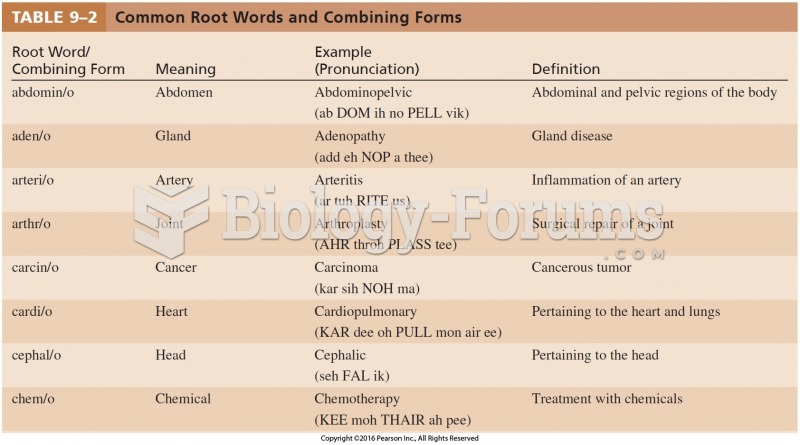This topic contains a solution. Click here to go to the answer
|
|
|
Did you know?
This year, an estimated 1.4 million Americans will have a new or recurrent heart attack.
Did you know?
Human kidneys will clean about 1 million gallons of blood in an average lifetime.
Did you know?
Approximately 70% of expectant mothers report experiencing some symptoms of morning sickness during the first trimester of pregnancy.
Did you know?
The average human gut is home to perhaps 500 to 1,000 different species of bacteria.
Did you know?
Each year in the United States, there are approximately six million pregnancies. This means that at any one time, about 4% of women in the United States are pregnant.
 A cylinder head with four valves per cylinder, two intake valves (larger) and two exhaust valves ...
A cylinder head with four valves per cylinder, two intake valves (larger) and two exhaust valves ...
 Use the test light to check for voltage at terminal 30 of the relay. The ignition may have to be in ...
Use the test light to check for voltage at terminal 30 of the relay. The ignition may have to be in ...





